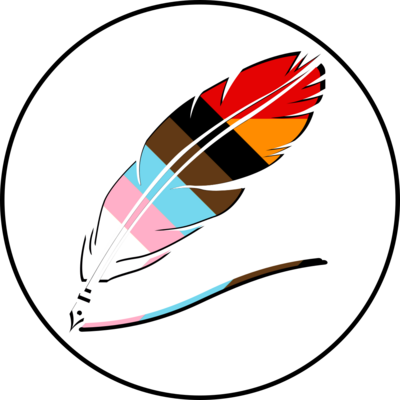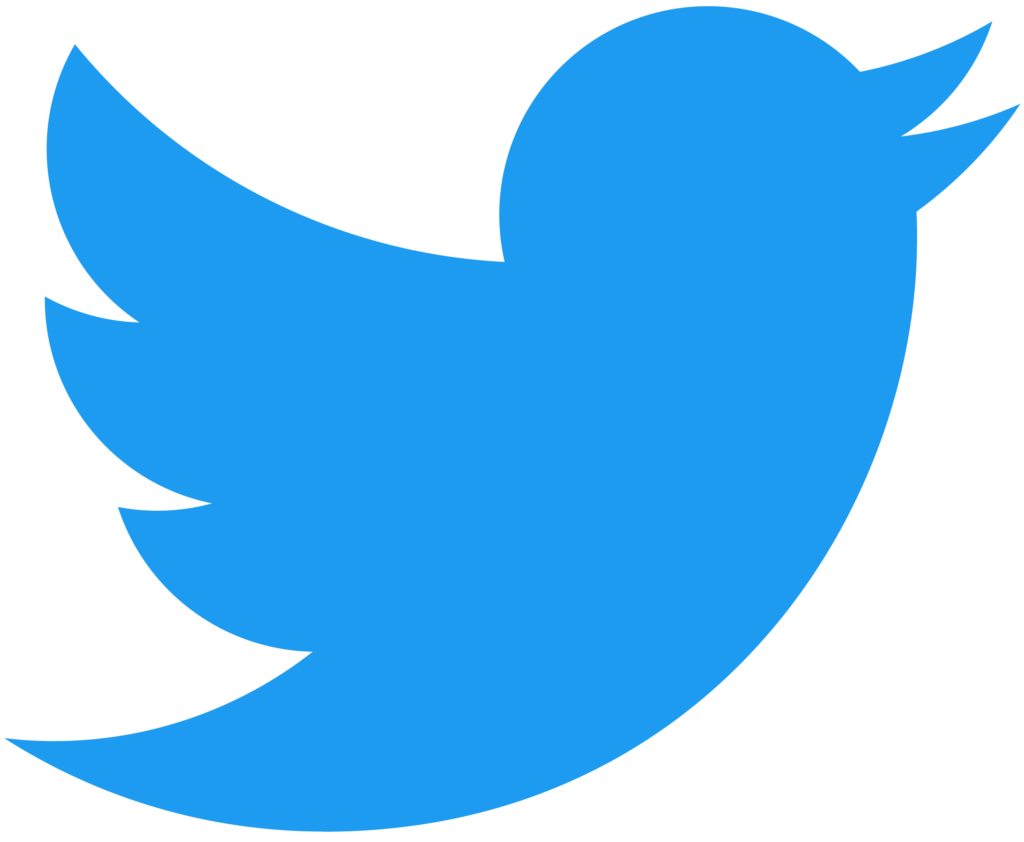
Early in my fiction writing, I really struggled with writing “stories.” By that, I mean using a narrative structure that presents a problem which is satisfactorily resolved — ideally well-paced, with rising action that climaxes at the right moment. I tended to write a rambling narrative of vaguely interesting events that raised all kinds of problems but did not resolve them satisfactorily.
Sometime — perhaps in early 2022, which is the first example I can find without visiting birdchan — I discovered #vss365: a hashtag prompt for which participants were encouraged to write a very short story (vss) that would be offered each day of the year (365) contained in a single, brief post. Baring my soul, typo and all, here is the first one I have recorded, from Feb 11, 2022:
She visited the garden center when she was depressed. The flowers didn’t cheer her up, exactly, but they helped her remember that better times might come. The annuals were too gaudy for her. She always loved tge reliability of the #perennial that would keep blooming in the years to come. Now that was something to live for.
It’s a story! She’s depressed. She visits the garden center. The perennials give her something to live for.
I found writing a brief post was something I could do, even during the academic year when I was working full time. It reminds me a bit of when I started writing haiku in Esperanto while I was a grad student and no longer had time for anything more. But it was enough.
I enjoyed #vss365 and I have hundreds of examples of brief story fragments I wrote. Some served as the nucleus of a story. And some I would string together, writing a whole rough draft one bit at a time.
But then a narcissistic billionaire purchased birdchan, turned it into a Nazi bar, and I couldn’t bear to visit the Nazi bar anymore to get the prompts. But someone had created a website that would scrape the prompt and share it on the open web. So I started participating even though I had jumped to Mastodon (first to mastodon.lol and then to wandering.shop). But then the site shut down: they where having to pay the narcissistic billionaire money to scrape a single word each day from birdchan. And he finally, perfectly sensibly, decided to quit paying.
So I wrote my last two posts on Dec 31, 2023 and commented that I wouldn’t be participating anymore. A friend, @asakiyume, suggested that we could start our own prompt game on Mastodon. I roped my brother, @philipbrewer into the conversation and we agreed to pick some words, favoring simple ordinary words with more than one meaning. (I had found it annoying to have words that had only a single meaning as being overly restrictive of the kind of post you could write.)
But then Phil suggested that maybe we should create an account to be an authoritative source for the prompt. As I thought about it, I realized that we also wanted a bot: something that didn’t need to be shared, but could be configured easily and contrived to post automatically at a particular time. So I investigating creating a bot for Mastodon.
This is not the first time I’ve done something like this: years ago, I created a bot for birdchan called “dupolusulo” that would randomly post either a proverb from the Esperanta Proverbaro or string of plausible text generated by a baysian algorithm that used the Proverbaro as a corpus. This plausible text was often utterly incomprehsible, but looked like it might mean something and sounded a lot like the proverbaro.
This time was pretty similar, though easier. I wrote a little python script that would figure out what day of the year it was, read in a CSV file, and grab a line matching the day number, parse it, and emit it as a formatted text string. Then, all I had to do was set up a Mastodon account, @wss366 configured to allow a bot to post to it. To be honest, what sold me on the whole thing was when I discovered that I sorta kinda personally know the guy who runs the botsin.space instance that was set up to support these kinds of bots.
It took me about a day to set up the Mastodon account, configure it, create an avatar, add a header graphic, write the script, configure a cron job to call it at 5am. But by the end of the day, I posted an announcement that the post was live and would post to #wss366 (for Wandering Shop Stories and 366 because it’s a leap year this year) was live.
This morning, it posted its first prompt: #brick.
I can’t wait to see what it’s going to post tomorrow. Now that’s something to live for.

